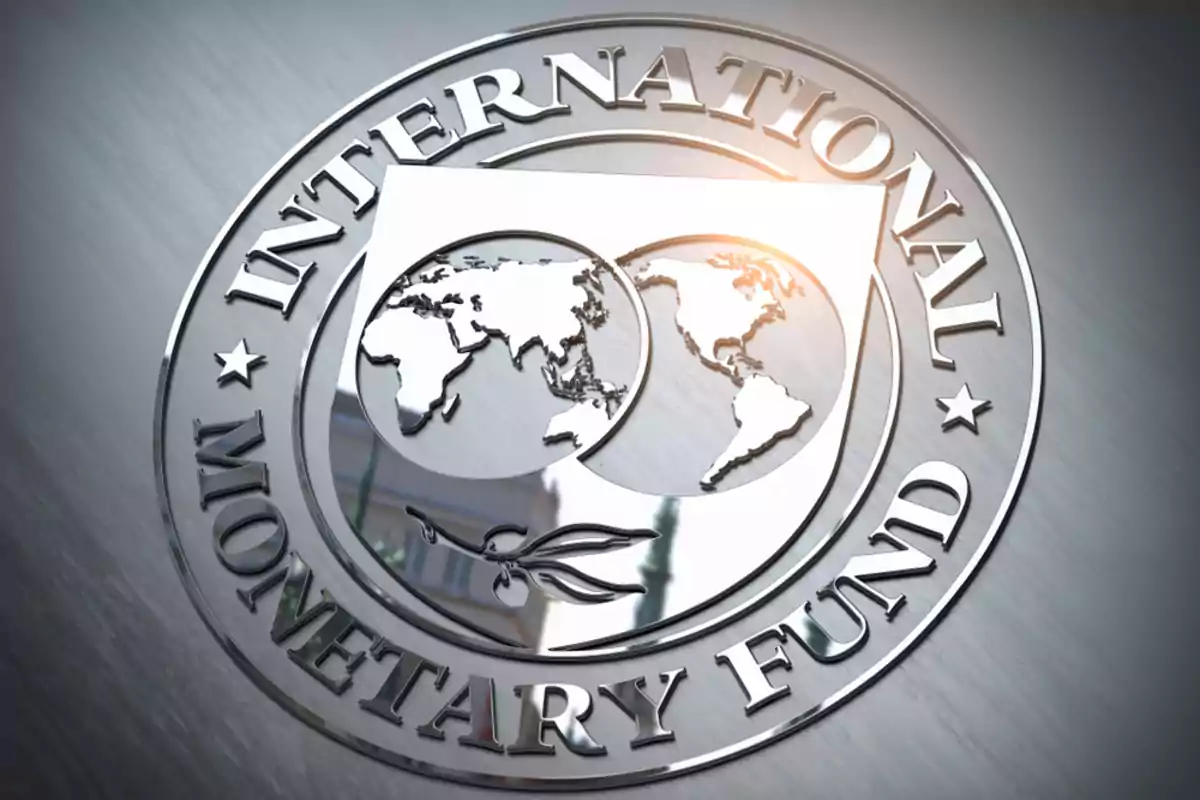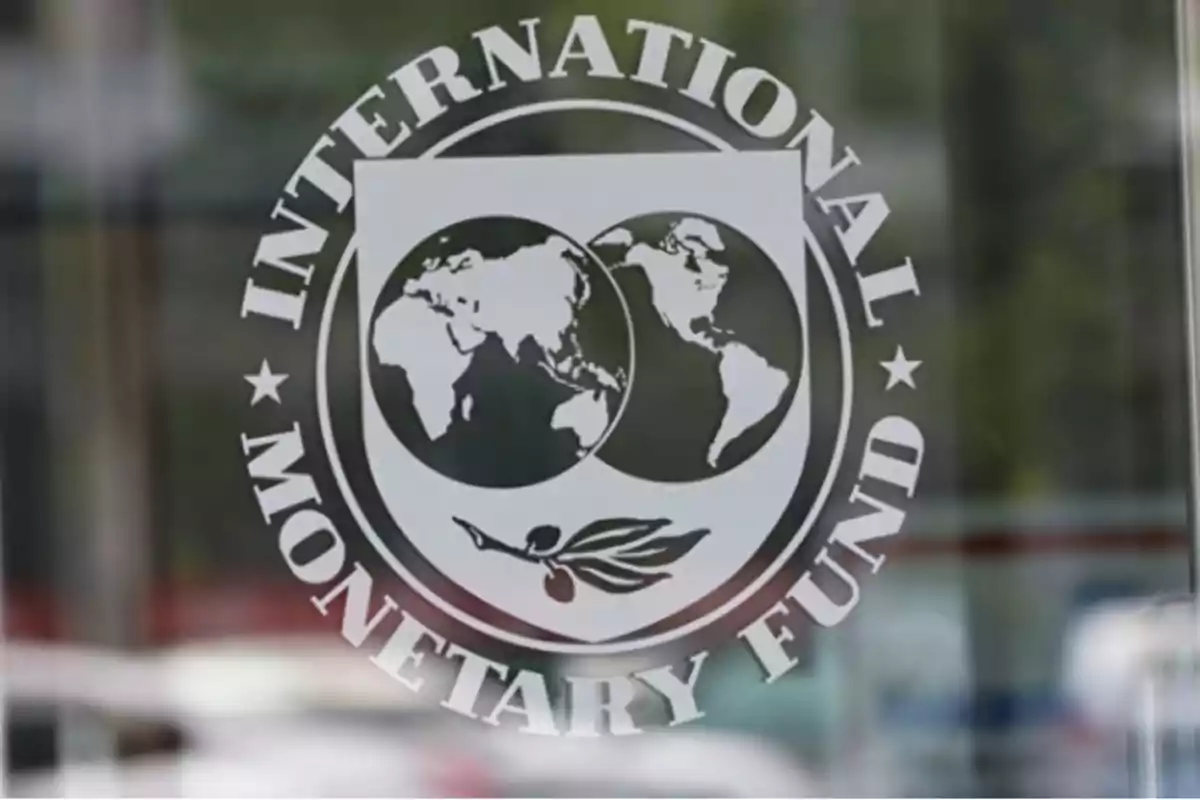
Retirements and pensions will account for almost half of public spending in 2026
This information comes from a report conducted by the International Monetary Fund
The fiscal projections of the International Monetary Fund (IMF) reveal that by 2026, retirements and pensions will account for 46% of the Argentine state's primary spending, compared to the 34% they represented in 2023.
The report indicates that the relative weight of pension spending in public accounts will increase in the coming years. In 2025, spending on retirements and pensions would grow by 0.6 percentage points of GDP compared to 2024, and in 2026, it would add another 0.1 percentage point. This increase occurs in a context of subsidy reductions and lower participation of other spending categories.
"The main change in the share within primary spending between 2023 and the projected spending for 2026 is in spending on retirements and pensions, which would go from accounting for 34% in 2023 to 46% in 2026, that is, practically half of primary spending," states a report from the Argentine Institute for Fiscal Analysis (Iaraf).

Meanwhile, energy and transportation subsidies, which accounted for 11% of primary spending in 2023, are projected to decrease to 5% by 2026, and capital spending, which includes public works, would fall from 8% to 3% in the same period.
The report emphasizes that the state's wage bill and social programs would remain at a relatively stable proportion of total spending, although with variations in real terms. This means that the increase in pension spending not only grows in absolute terms, but also as a percentage of spending, displacing other areas that have historically concentrated significant resources.
Beyond the changes in the spending structure, the IMF projects an improvement in the primary result of Javier Milei's government for 2026: the surplus would rise from 1.6% of GDP in 2025 to 2.2% in 2026.

Between 2025 and 2026, it is estimated that pension spending will have a real year-on-year growth of 6.5%. In contrast, transportation subsidies would fall by 52.7% in real terms and current transfers to the public sector would decrease by 5.7%. On the other hand, categories with significant increases include capital spending (+9.7%), energy subsidies (+8.4%), and social assistance (+6.7%).
Regarding revenue, it is projected to reach 17.3% of GDP in 2026, driven mainly by a 0.7 percentage point increase in tax collection. Meanwhile, a decrease of 0.2 points is anticipated in resources from social security and an increase of 0.1 points in non-tax revenue.
Iaraf highlights that the level of revenue relative to GDP remained almost constant between 2023 and 2025, around 16.7%. The projected increase for 2026 therefore represents a break from the trend of stagnation in fiscal resources and would allow for a greater primary surplus.
More posts: